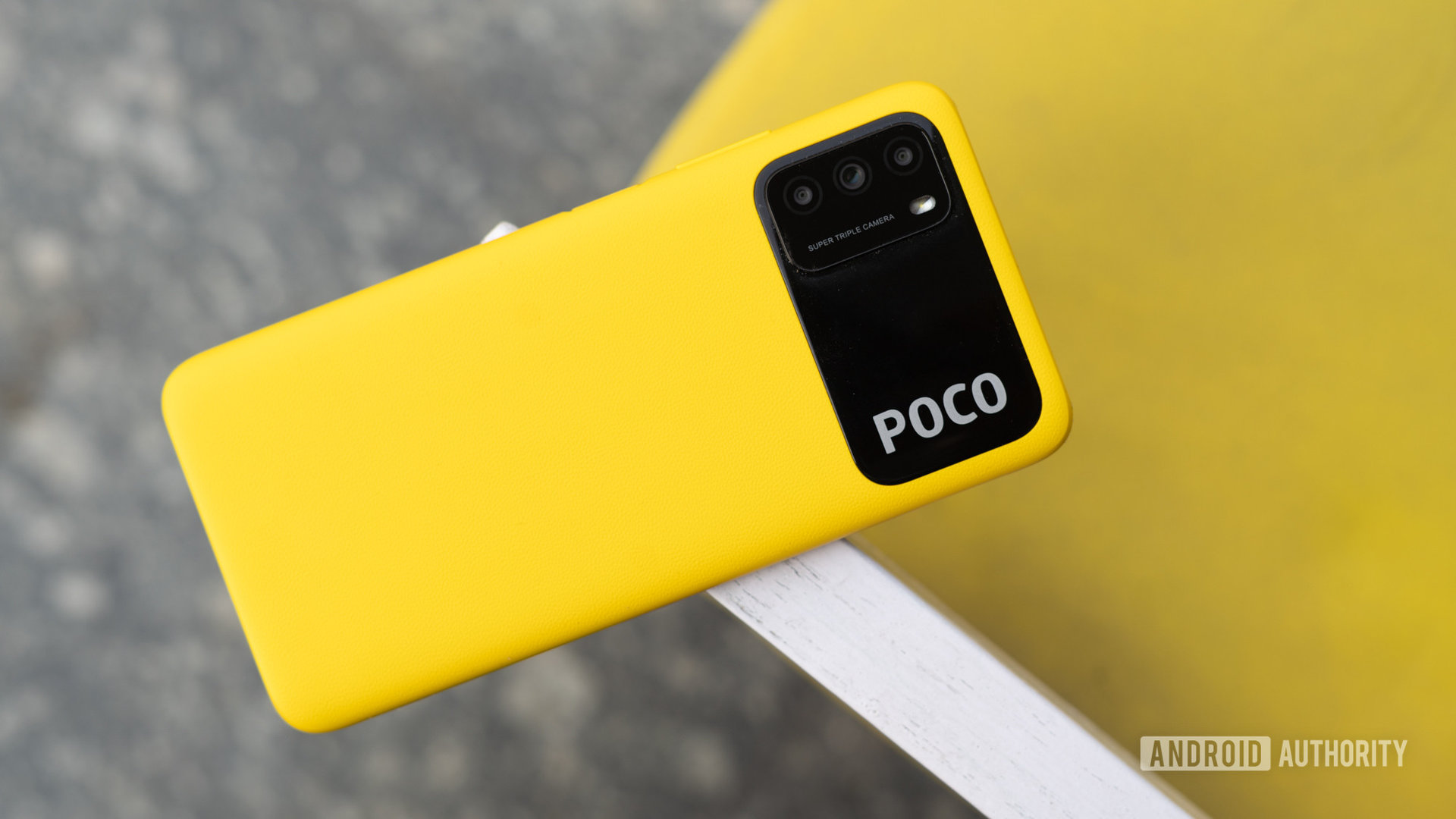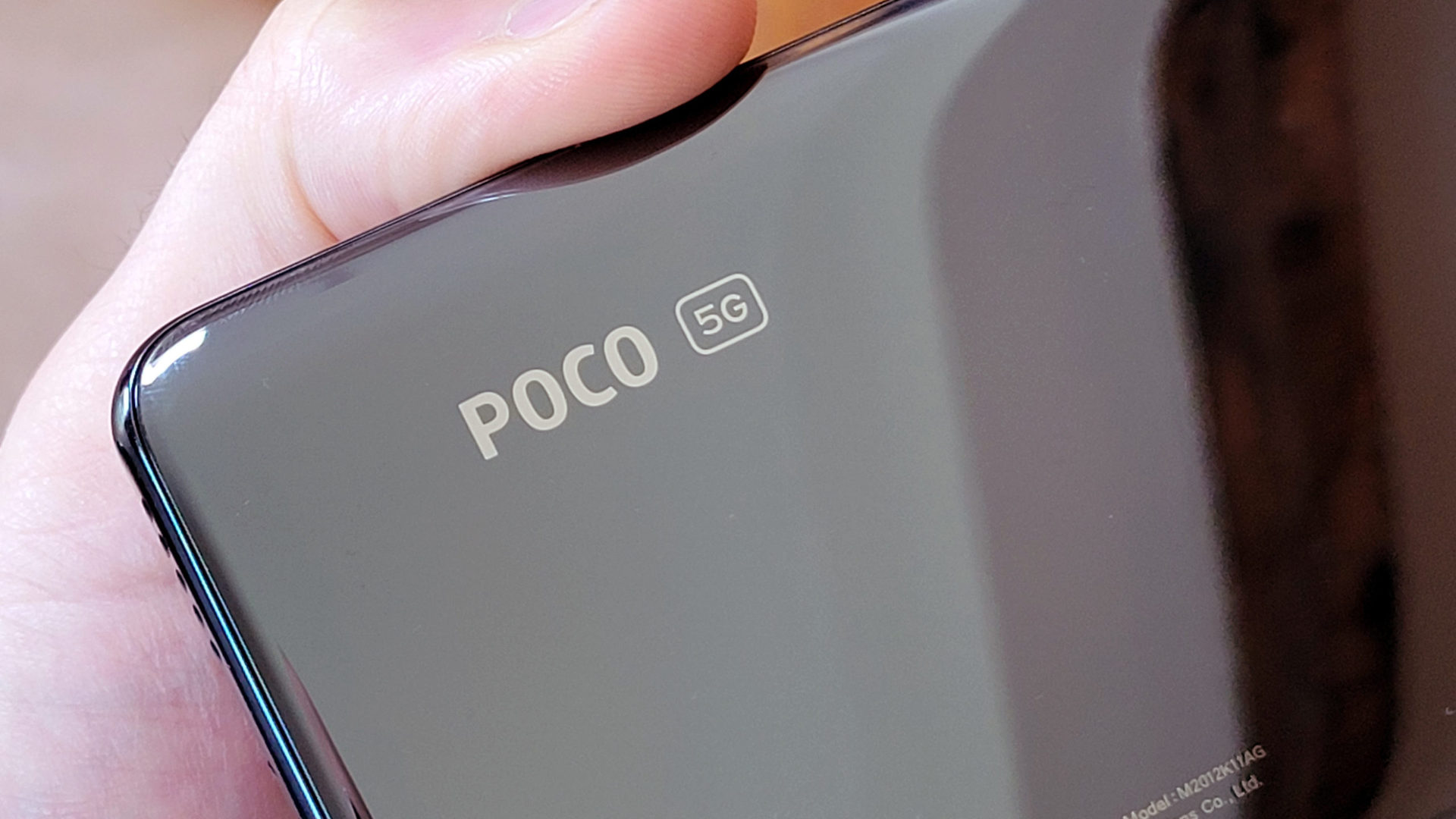Affiliate links on Android Authority may earn us a commission. Learn more.
POCO smartwatches and earbuds? Global head teases future beyond smartphones
Published onOctober 30, 2021

It seems like every smartphone brand has an ecosystem of gadgets right now, from Apple and Samsung to Xiaomi and realme. These ecosystems theoretically build brand loyalty and make for a more seamless experience, and now we can officially count POCO as the latest brand to join the party.
The company told Android Authority in an interview that it’s expanding into ecosystem products in 2022. Read on to find out more.
The plan for POCO’s future
This isn’t quite a surprise, as the company was expected to get into the segment before. Furthermore, we may have already seen the first product appear on certification listings earlier this year in the form of POCO Pop Buds (rebranded Redmi TWS buds).
“We always think smartphone plus IoT is a key strategy for us,” POCO Global head Kevin Qiu told us. This does beg the question of what kind of products we could see from POCO at first. Angus Ng, POCO’s head of product marketing, says that while “nothing is actually off limits,” it’s starting small at first. He continues:
“Coming out with ecosystem products, I think we still need to stay close to our brand philosophy and product philosophy. So we need to somehow play it more on the safer end, to begin with (sic).”
This suggests that devices like the aforementioned audio products, wearables (e.g. fitness trackers and/or smartwatches), and power banks could be the first POCO ecosystem products.
Could we see the company offer something like tablets though? The timing seems right at first glance, as the flagging Android tablet segment has enjoyed growth again due to the pandemic. But the POCO marketing head disagrees:
“On the tablet side, yeah tablets have been huge in the industry in the last year and a half because of the pandemic. But it’s because it’s been huge and kinda crowded, (that) it’s even harder for us to enter from that perspective.”
The state of POCO phones right now

POCO is also gearing up for its M4 Pro launch, with the device expected to pick up where the budget-tier M3 Pro left off. We’ve already seen some specs emerge via certification websites, but what about pricing? Ng was tight-lipped on this front, but noted that it would be in “roughly the same range,” as the earlier release. For what it’s worth the POCO M3 Pro launched at a starting price of €180 (~$209).
The company is also looking to further differentiate itself from Xiaomi and Redmi in terms of software. Qiu says the POCO launcher is used right now atop MIUI, but it’s investigating further customizations.
POCO devices run MIUI with a different launcher, but the company is thinking about tweaking things even more.
“We’re looking into adding special exclusive POCO-only features in the future,” he explained. The executive also mooted possibilities such as preinstalled apps (e.g. POCO Community) and different aesthetics for the software that would bring it in line with POCO’s hardware designs.
Another big trend in the last year and a half has been the move by major Android brands to adopt three years of OS updates. Xiaomi in particular announced that its 11T series would gain three years of OS updates and four years of security patches.
You might not want to hold your breath for this policy to hit POCO devices in the near future, Ng suggests:
“As of right now we’re actually still discussing and talking to the MIUI team about being a part of that plan. As of right now, I can’t confirm anything about three plus four [three years of OS updates and 4 years of security patches – ed], we’re still staying with two plus three right now for all of our devices.”
POCO also didn’t launch a Snapdragon 888-powered phone in 2021, opting to offer the Snapdragon 870-toting POCO F3 instead. Ng explained the reasoning for the move:
“After internal testing with a lot of our R&D and product managers, we found out that (the Snapdragon) 865 from last year was an amazing chipset. In terms of performance, stability, and cooling in general. And 870 was able to keep all of those great attributes and become even better. When some of the first flagship Android devices pushed out 888, the major concern was overheating and power consumption.”
Qiu added that another important reason why POCO didn’t use the Snapdragon 888 in 2021 was that it was simply “too expensive” for the price point it was targeting. He didn’t rule out the possibility of using the Snapdragon 888 successor in 2022. Then again, POCO surely already knows whether or not it’ll be using the SoC. But I guess we’ll have to wait for 2022 to officially find out.
What would you like to see from POCO’s ecosystem lineup in 2022? Let us know via the poll below.